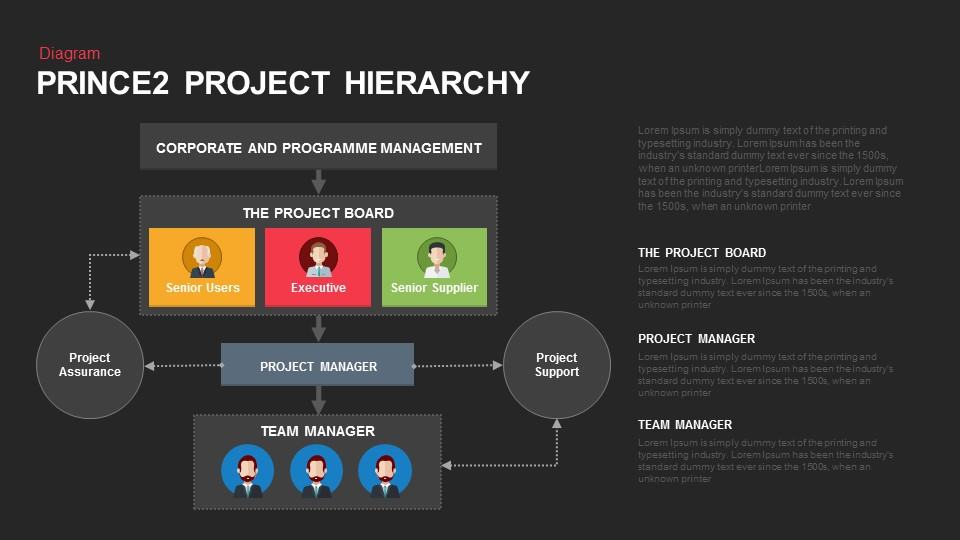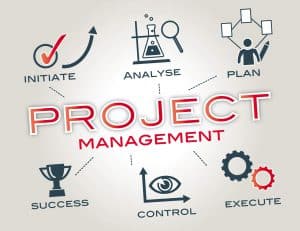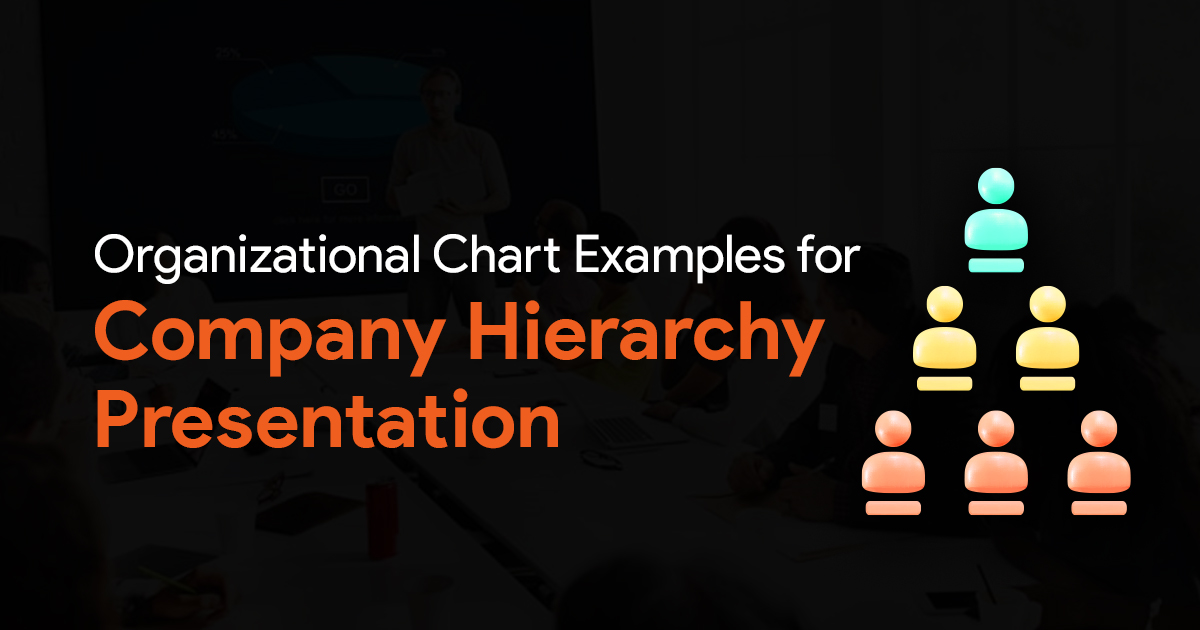PRINCE2 Project Management Methodology

Prince2 is a project management methodology that controls and manage work through every stage of a project. There are numerous project management methodologies; this is the one among the many. Various methodologies work for different projects, industries tools and teams. Prince2 is the world’s most widely accepted project management method, used by people and organizations from wide-ranging industries and sectors.
What is PRINCE2?
PRINCE2 is an abbreviated form for Projects IN Controlled Environments. It’s a process-based method for managing a project. This means every project starts with a detailed project plan, each stage of the project is clearly organized, and any loose ends are tiled up after the project is completed. Today, over 150 countries have been used this popular project management methodology. The important features of PRINCE2 focus on business justification, defining the structure of an industry or organization and using a product-based approach. It focused on dividing the project into manageable and controllable stages, with flexibility. It provides great control over project resources and excels at managing business and project risk more successfully. It provides a standardized set of processes for the safe application of projects.
History of the PRINCE2 methodology
It was first established by a UK agency (it was a government support agency) in 1989, named CCTA (the central computer and telecommunication agency). The first version of the process was regarded as a set of standards for IT project management (PM). Later the PRINCE method demonstrated high usefulness in managing many projects in different settings (outside the purely IT environment). More and more companies began using the method to plan, implement and control their project efforts and activities. The second edition of prince2 was announced and released in 1996 as a generic project management methodology, and surprisingly, it is in the public domain. Today PRINCE2 reflects a quickly mounting international interest, integrating the necessities and skills of existing users around the world.
The usages of PRINCE2
The prince2 methodology is used to answer and structure the fundamental questions of project management, such as:
• What are you trying to do?
• When will you start it?
• What do you need to apply it?
• Do you need help?
• How long will it take?
• How much will it cost?
These question a very basic for any project management. The prince2 methodology will provide a standardized format to answer. By shaping the project into rational steps, this approach stresses a structure which has an organized and defined plan before starting, one that maintains its organization through the middle stages of the project and through its concluding, tying up any loose ends. You will get the control only after a series of logical processes. These processes cover all the endeavours that compose a project, from start to end.
Project manager’s roles in PRINCE2
 Roles in the prince2 approach are clearly defined. The project manager is the one who is responsible for the organization and control of the project and its processes. They select the team who will execute the project and overview their work to make sure it’s done properly and on time. The project manager drives the project on behalf of the project board within definite constraints and communicates throughout the project with the project board and project assurance. A customer, user or supplier can be a project manager. Sometimes the customer is the operator, while the supplier is the client who offers expertise to get the project completed successfully. They, like the project team, need uniting to make sure the project meets necessities. The project manager will report frequently to the project board, allowing them to know about progress and any issues. The project board, in turn, decides on how the project will proceed or resolve problems.
Roles in the prince2 approach are clearly defined. The project manager is the one who is responsible for the organization and control of the project and its processes. They select the team who will execute the project and overview their work to make sure it’s done properly and on time. The project manager drives the project on behalf of the project board within definite constraints and communicates throughout the project with the project board and project assurance. A customer, user or supplier can be a project manager. Sometimes the customer is the operator, while the supplier is the client who offers expertise to get the project completed successfully. They, like the project team, need uniting to make sure the project meets necessities. The project manager will report frequently to the project board, allowing them to know about progress and any issues. The project board, in turn, decides on how the project will proceed or resolve problems.
The prince2 process
In prince2 project management, there are seven processes that guide the project, each with a set of a logical set of activities to help direct, manage and deliver the project. As we said earlier, prince2 is a process-based approach providing an easily tailored and measurable method for the management of all types of projects. Each process defined with its vital inputs and outputs together with the specific goals to be achieved and activities to be carried out. The 7 key process as follows:
1. Start up the project
This phase has been used to verify the viability of the project. Once the feasibility has confirmed, it must be approved by the project board. This comprises a project brief which covers the business case, the best way to do the project, the name of the person chosen to implement it and a comprehensive stage plan, which specifies the work that needs to be done by the opening stage. Undertakings of this process include the trigger, which is a high-level certificate stating the project’s instruction. Also, it’s important to do due diligence before the project is executed to save time and money once the project has started.
2. Initiate the project
In this process, several questions need to be addressed: what are the reasons for the project? What work must be done? How can identify risks and benefits? And how can resolve it? To give an answer, define the nature and scope of the project, including when the product can be delivered without compromising quality. Structure, how to monitor the project’s progress and who needs to know and how they’ll be informed.
3. Direct the project
This phase is to help the project board be responsible for the project through their decision-making. The project board has all the rights on initiating the project, delivering its product and closing the project. They are directing and regulating the entire project. Prost-project reviews and the program management will be going under the supervision of the project board.
4. Controlling a stage
This process explains the checking and control activities of the project manager involved in confirming that a stage stays on course and reacts to unanticipated events. Endeavours in the process include authorizing a work package with the team, reviewing its status and development, and checking on its quality when completed. This is the breakdown stage of activities that project manager divides the work assignments.
5. Manage product delivery
This phase manages the delivery of the project product, controlling the work between the project manager and the team. The project manager confirms the project is progressing as scheduled and that deliverables meet expectations. The project board then assesses completed work packages to either approve or request additional work.
6. Manage stage boundary
Planning next stage activities and reporting are the key objectives of this stage. The project board evaluations at the end of each stage and decides whether to continue to the next stage or abandon the project.
7. Close the project
Once the project is finished, the project manager completes any necessary documentation, outcomes, and reporting.
Whether you use PRINCE2 or another approach to manage your project, you’ll need tools to control the work through all of its phases. Slidebazaar.com provides project management slides and templates for your learning processes. Use our pre-designed PowerPoint templates for your inspiring project management classes, including the prince2 PowerPoint template.


